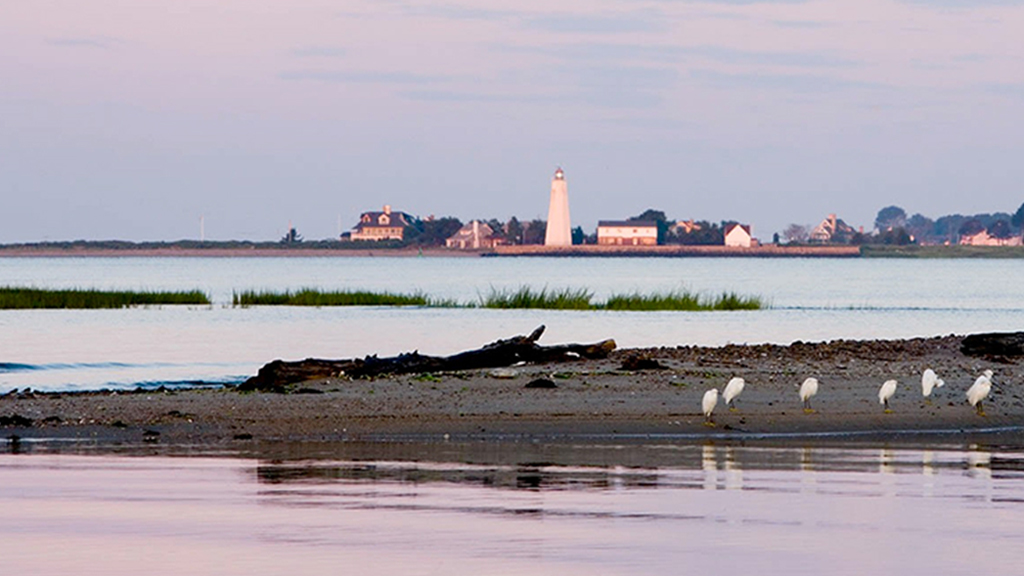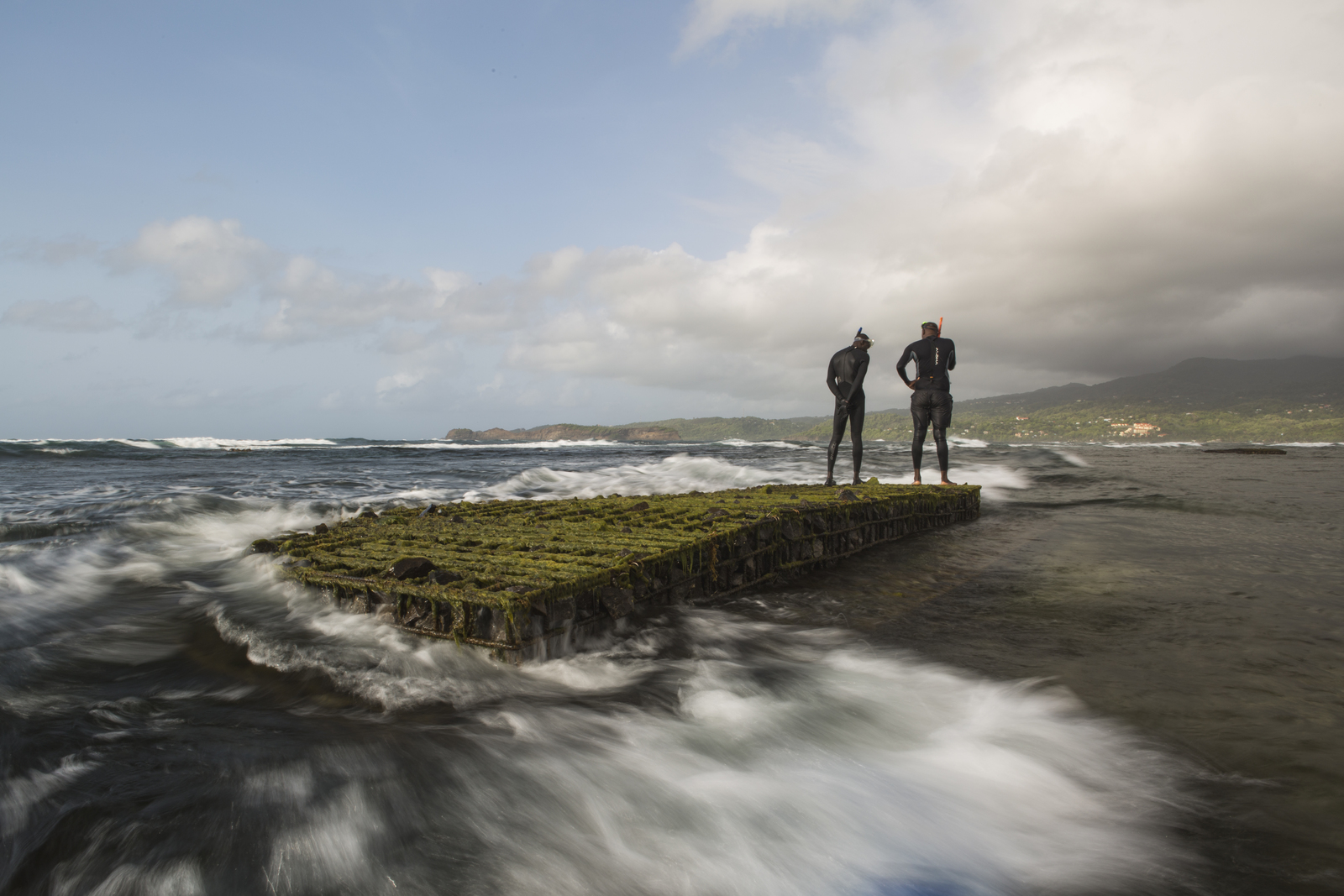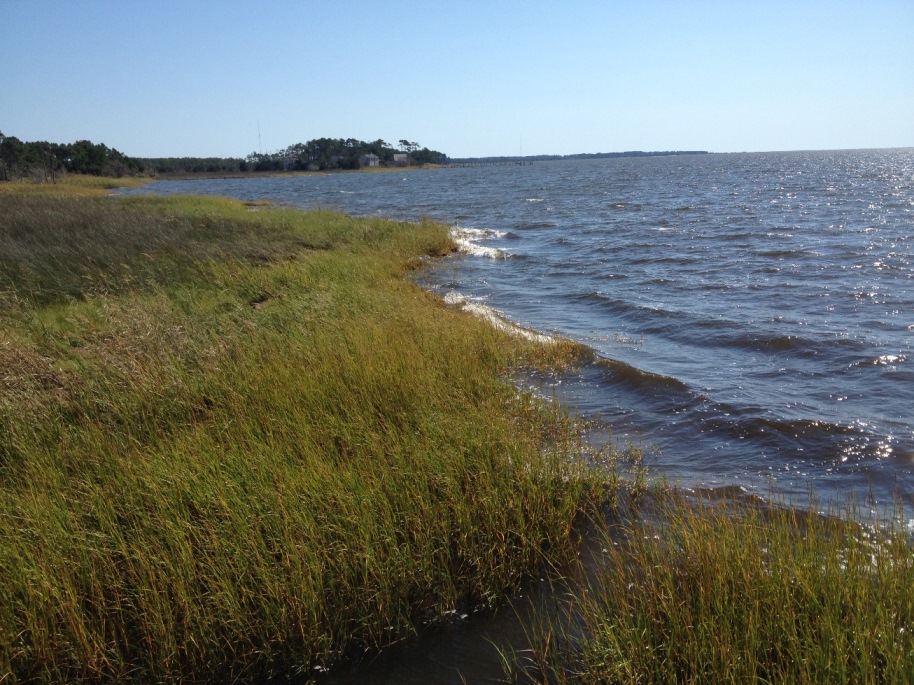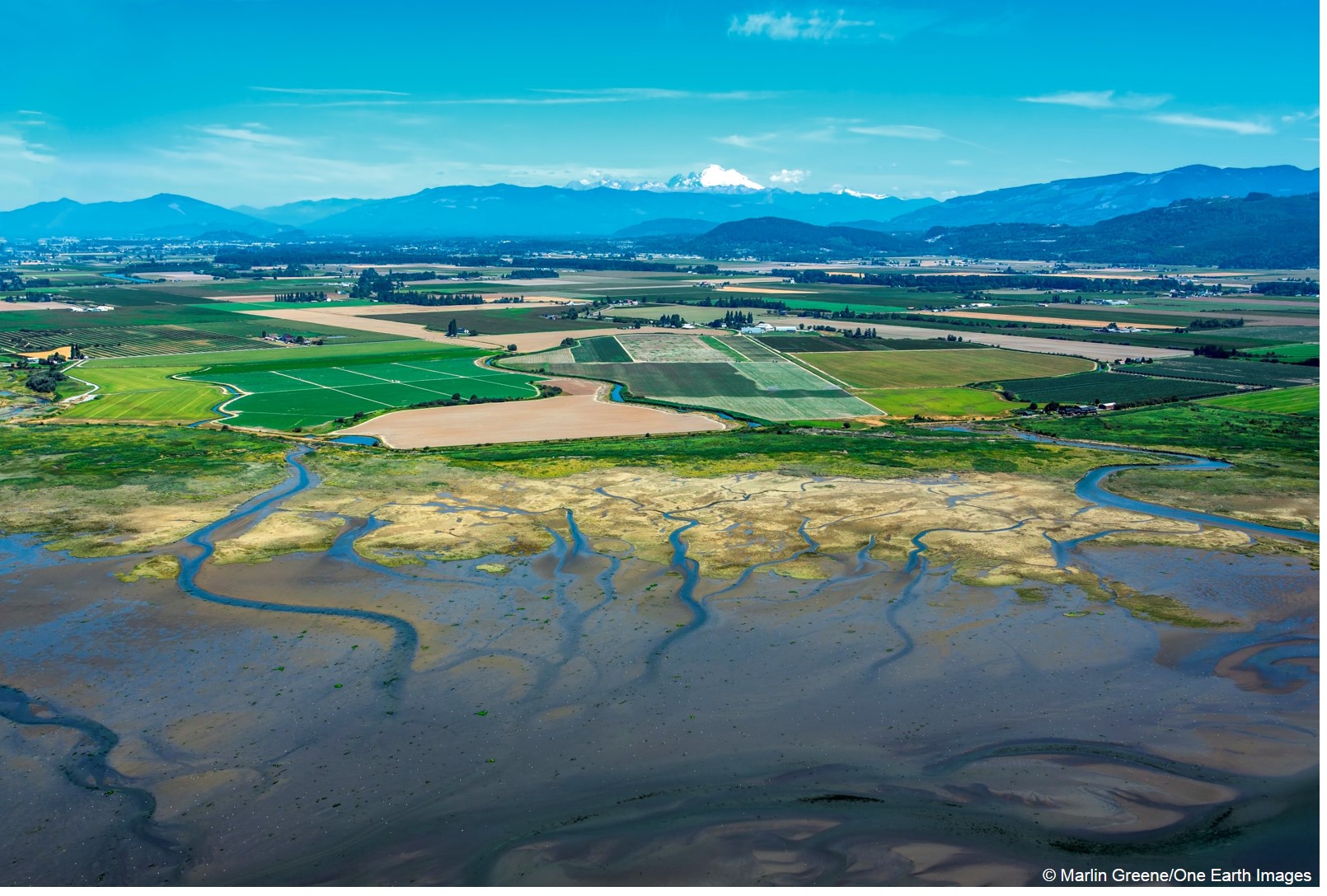Ten Years of Coastal Resilience
This year we are celebrating 10 years of Coastal Resilience!
We’re taking the time to reflect on the incredible body of work that has been generated from a decade of Coastal Resilience. The extensive community outreach, the innovative technology advances, and the strong public – private partnership that has brought environmental, humanitarian, technology, energy and insurance sectors together with local municipal agencies and stakeholders, speaks to the reach of Coastal Resilience. Building and refining our community engagement approach, examining nature’s role in reducing coastal flood risk, has advanced through science, tools and technology, a global network of practitioners, policy and field-based conservation and restoration actions.

A brief history of Coastal Resilience
Coastal Resilience is a program to examine nature’s role in reducing coastal flood risk, developed in 2007 through a public-private partnership between The Nature Conservancy (TNC), National Oceanic and Atmospheric Administration, United Nations University, Natural Capital Project, Association of State Floodplain Managers, University of California at Santa Cruz, University of Southern Mississippi, Microsoft, Esri, Azavea, Spatial Development International, and more recently the Global Disaster Preparedness Center and the International Federation of the Red Cross. The program was designed to integrate a community engagement approach with a web mapping decision support tool, and delivered through a network of practitioners around the world supporting hazard mitigation, climate adaptation, and conservation planning.

Great South Bay, Long Island, New York Photo credit: Carl LoBue
Coastal Resilience was first developed with town and villages on Long Island in New York to address coastal hazards by working with local communities and partners to map sea level rise, storm surge, social and economic assets, community vulnerability and natural resources, making the information available through a web-based decision support tool. This met a strong need among elected officials and local planners for access to data visualization, a decision support framework and resources for stakeholder engagement. This work laid the foundation for a global coastal risk and resilience strategy within TNC that explicitly addresses climate adaptation.
Since Coastal Resilience began, we have worked with over 100 communities across 11 countries, supporting more informed climate adaptation decisions and promoting nature-based solutions that reduce a community’s risk of flooding. From recent events, we are reminded of the need for better preparedness, recovery and ultimately redevelopment planning. Whether responding regionally to the 201Gulf of Mexico oil spill with tools and technology to address coastal habitat restoration, working locally with the Navy in Ventura County, California, on a cooperative agreement to actively manage strategic retreat of the naval base for adaptation, or globally on the World Risk and Coasts@Risk reports with our partners at Alliance Development Works, our web-based mapping applications have helped planners and decision-makers around the world make informed decisions to reduce coastal hazard risks to their coastal communities.
The road ahead

Coastal mangrove forest in Grenada. Photo Credit:Marjo Aho
Technology accelerates everything it is applied to. It holds the promise to accelerate conservation solutions so that they scale to global environmental challenges. The Coastal Resilience tools are applied at three different scales: locally to support municipal planning; regionally and nationally to support agency decision-making; and globally to support multi-national groups (e.g., Aid and conservation), development banks, and businesses. Taking off from this last 10 years, TNC is now further engaging technology partners Microsoft, and humanitarian relief partners Red Cross, in order to fulfill our objectives in enhancing the social and ecological resilience of coastal communities.
Being a geospatial-based program that engages communities and stakeholders for climate adaptation planning, Coastal Resilience is well positioned to be adopted by partners and customized to suit their needs, currently expanding to support climate adaptation in land and freshwater environments. Learn more about our Coastal Resilience successes and expansion.






